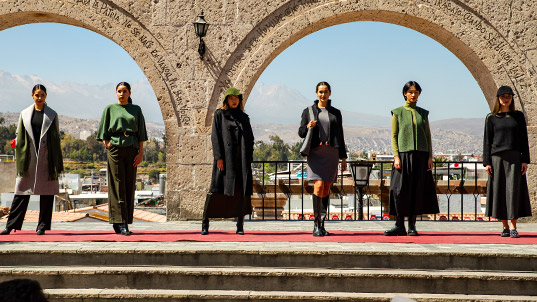Millennial Legacy
The alpaca is the treasure of the Andes and Peruvians have protected for thousands of years. Learn all about the precious alpaca fiber and how it has become popular around the world.
Credits: YouTube - Alpaca Fiesta Virtual 2021
The affectionate and respectful treatment is the foundation of our Andean worldview and has several characteristics.
"Our affectionate treatment is due to the fact that, in the earth-centered worldview and personified in the Pachamama, universal mother breeder of everything that exists in nature, recognizes the flora, fauna, stone, water, rivers, sun, moon, potato, quinoa, alpaca, llama, and everything else, as living organic beings, because they have life and the qualities of a person.
In this world, there is a relationship between Andean man through his work with his natural environment. Therefore, being the son of the Pachamama and brother of animals and plants, the man has developed an awareness of respect, gratitude, and responsibility for biodiversity; in addition to an ethic oriented towards mutual respect and reciprocal respect for life."
Credits: Alpaca Fiesta Virtual 2021
How to breed life from the Andean worldview? All beings of the ayllu or Pacha share the gift of life and, therefore, have the same importance, rights, and obligations with respect to it..
For this reason, in kay pacha, irresponsible predation by humans, is also severely punished (Guamán Poma de Ayala).
Scientific studies (Wheeler 1984, Wing 1986) indicate that alpacas and llamas were already domesticated 6,000 or 5,500 years ago, forming a central part of the pre-Hispanic cultures development.
Its evolution and good management of the herds by the Andean ancestral settler made these species suppliers of an abundant thin and long fur, main source of fiber for a sophisticated textile shop that until today is admired.
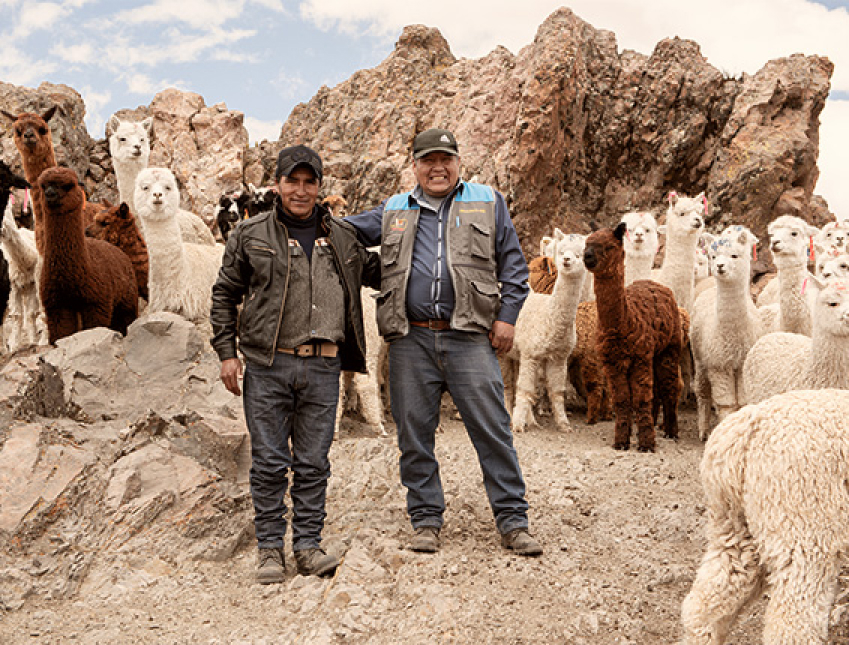
The Alpaca Fiber
Attributes of Alpaca Fiber
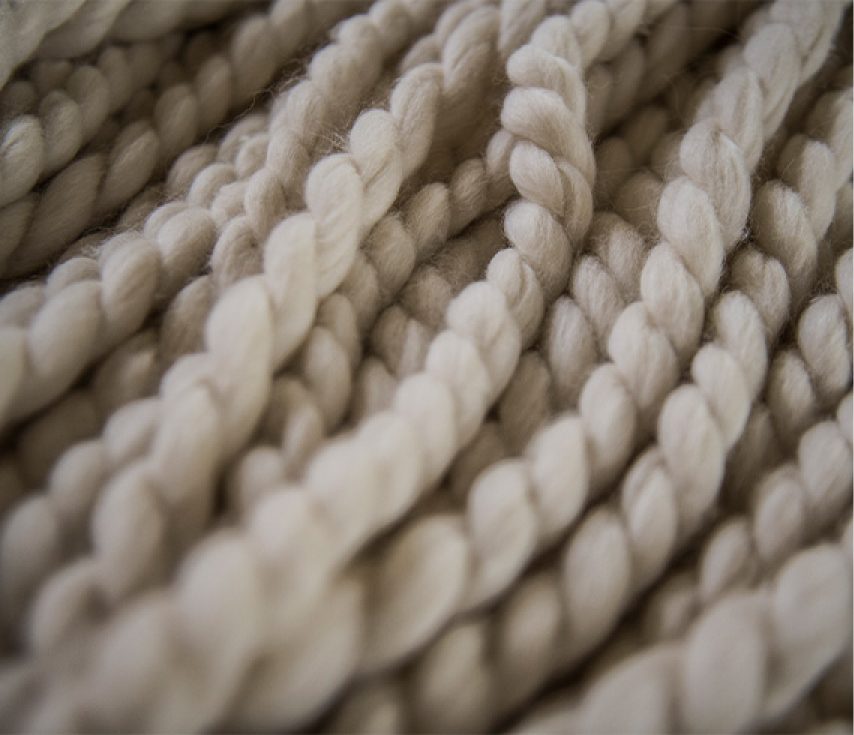
Types of Alpacas
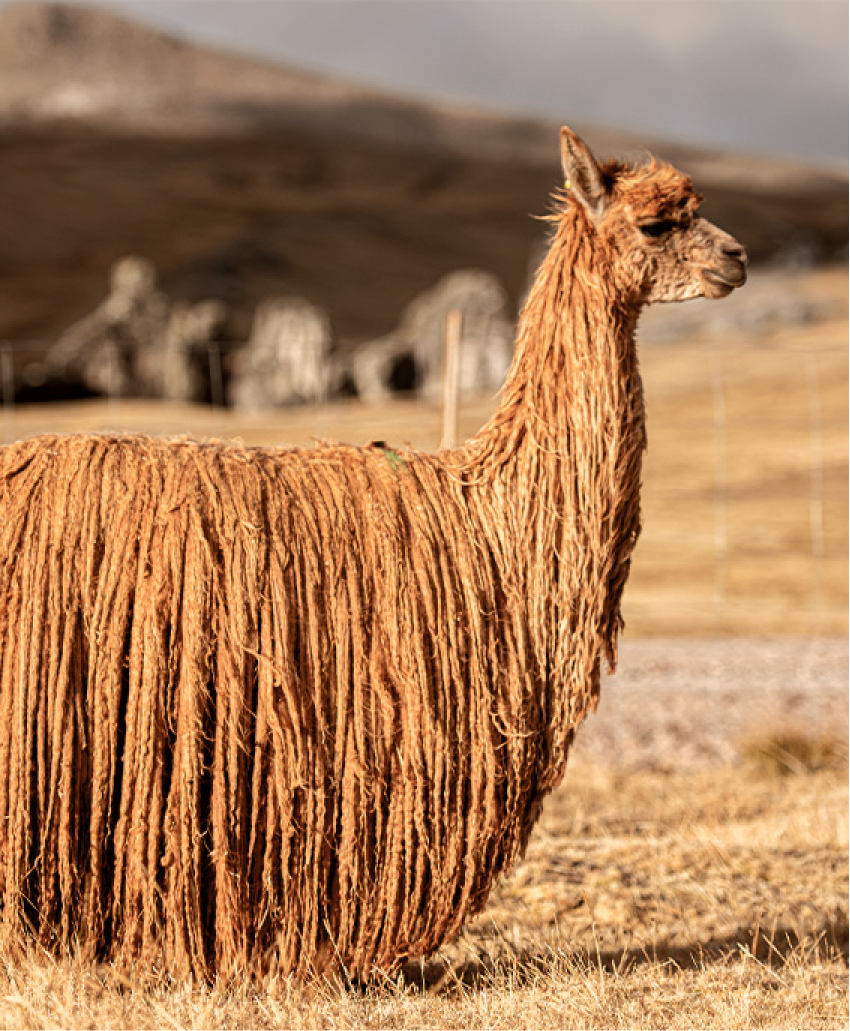

Features
-
QUALITIES OF THE FLEECE
Spirals forming curls that fall parallel to both sides of the body, leaving the upper line of the back naked.
-
FLEECE WEIGHT
It has a higher weight of fleece.
-
FINE
Fleece Greater presence of fine and uniform fibers (smaller diameter fibers) on average. This feature gives you greater possibilities of textile use and therefore higher price.
-
SOFTNESS
It has a very soft fleece to the touch, only surpassed by the softness and finesse of the vicuna.
-
GLOSS AND SHEEN
It has an exquisite and silky gloss and sheen. It compares to fine Cashmere and Angora Goat.
-
FELTING POWER
High felting power, which prevents the clogging of the fiber (low tendency to breakage) in the textile garments, when they are subjected to washing.

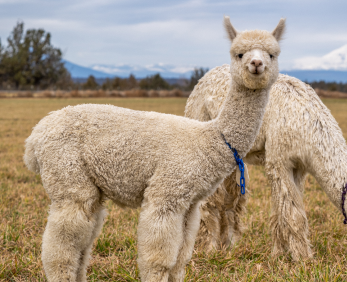
Features:
-
QUALITIES OF THE FLEECE
The fibers and hairs are perpendicularly arranged to the surface of the body and are kept in that position by the interlacing of the fibers. It has marked curls. Together, it gives a fluffy and abundant appearance.
-
FLEECE WEIGHT
It has a lower fleece weight.
-
FINENESS
Presence of fine fiber and with different degrees of uniformity. There may be on average fibers of larger diameter and smaller diameter.
-
SMOOTH
It has a soft and fluffy fleece to the touch.
-
GLOSS AND SHEEN
It is slightly opaque and takes on the appearance of Corriedale and Romney sheep fiber.
-
FELTING POWER
Felting power decreased, with a tendency to matted (greater possibility of fulling) in textile clothing, when washing.
Fiber Applications
Alpaca Awards
Alpaca Awards are the promotion strategy that considers the link between international design schools in interaction with Peruvian companies. Its goal is to spread the use of alpaca fiber as an international commercial alternative, while generating added value for Peruvian exports.


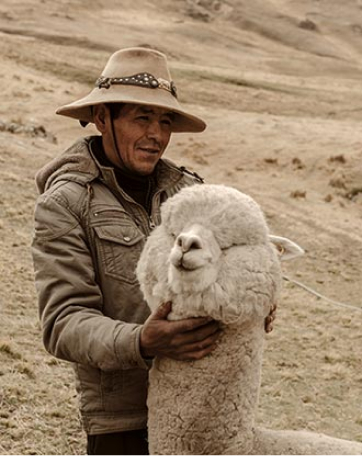
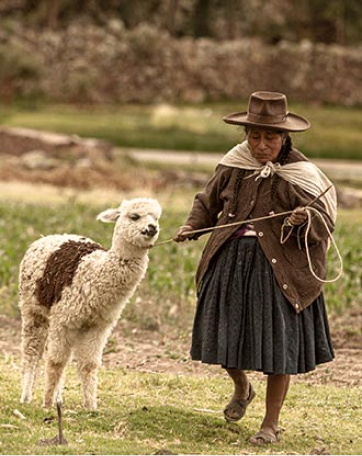
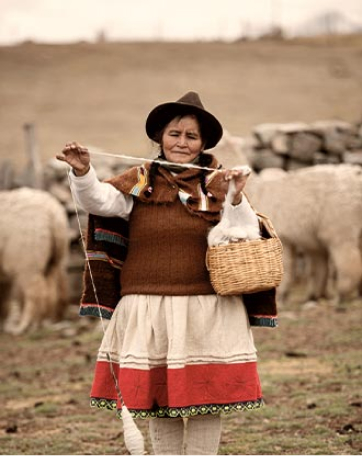


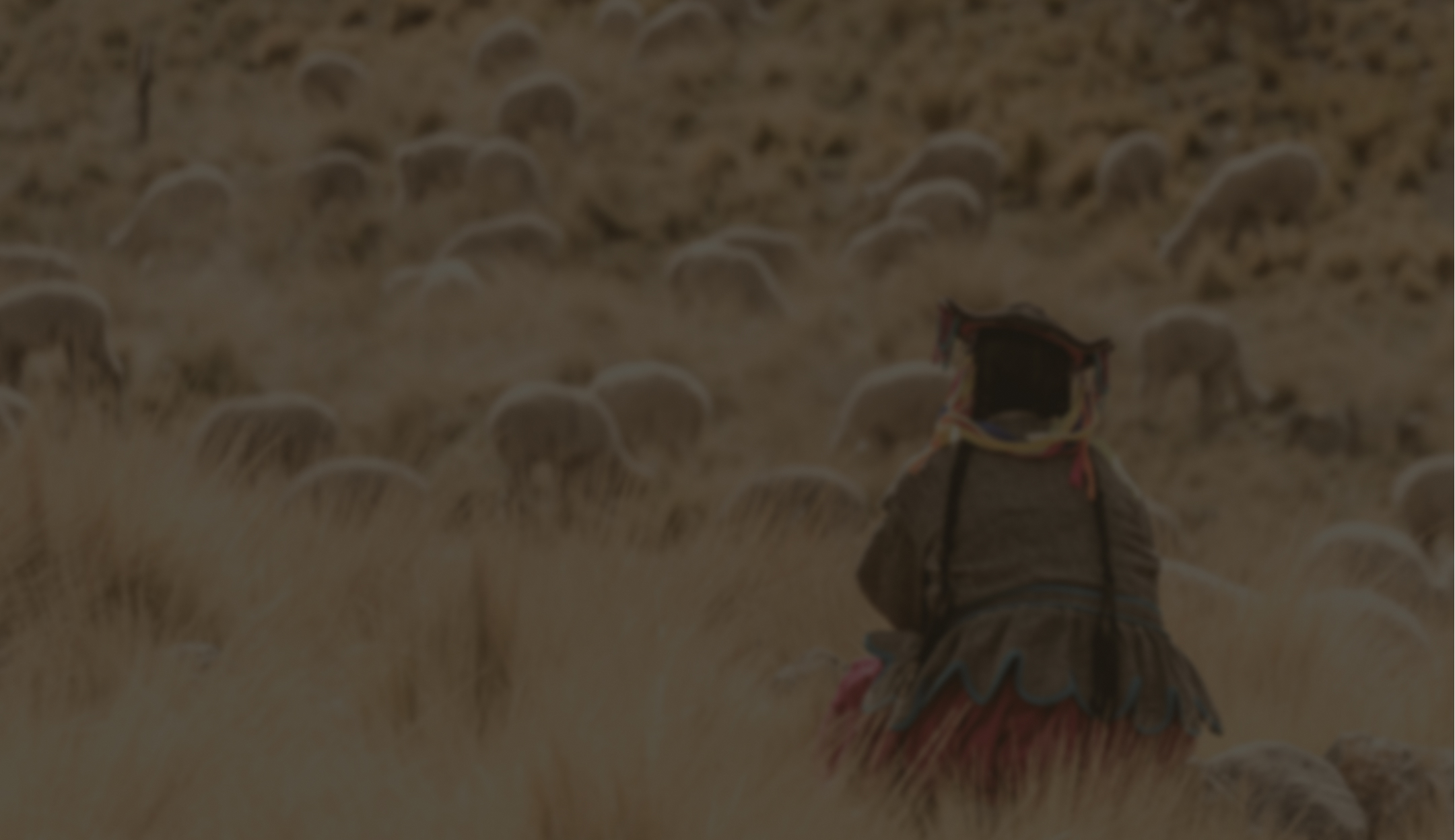
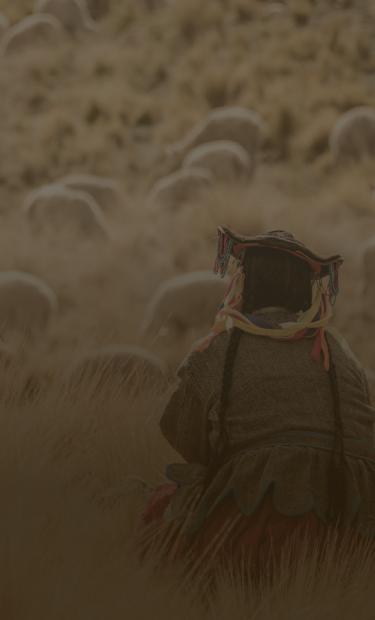
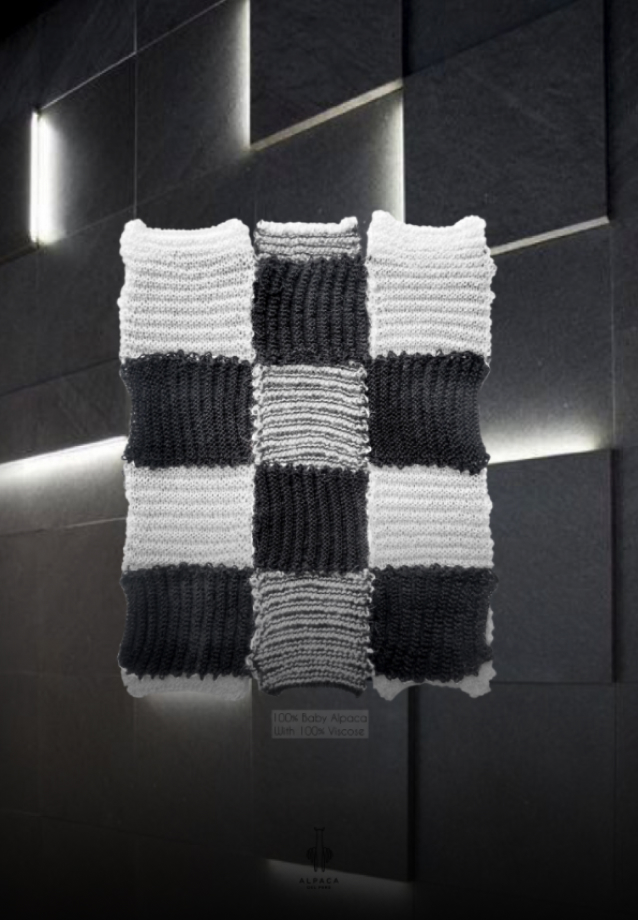
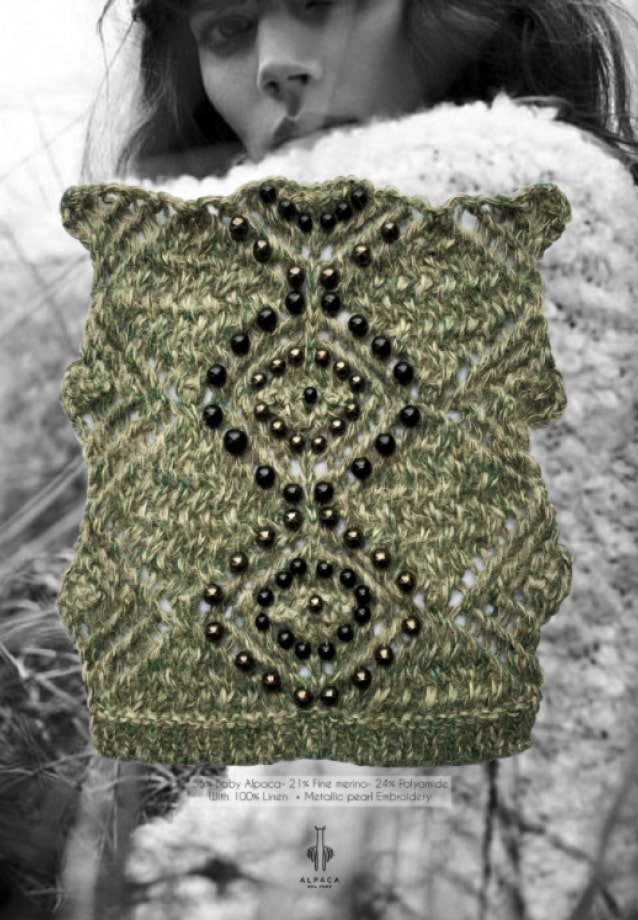

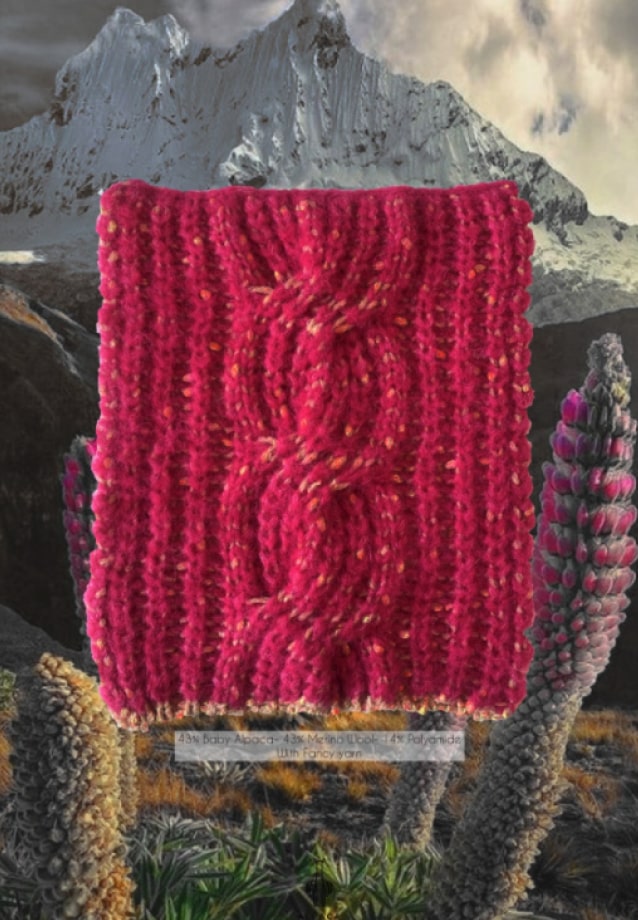

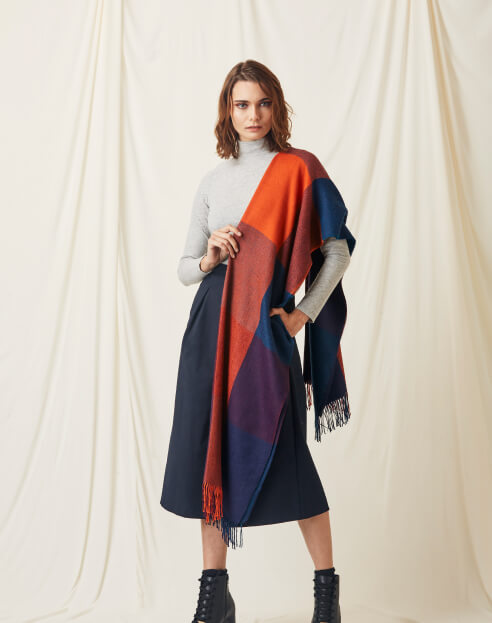
.jpg)

